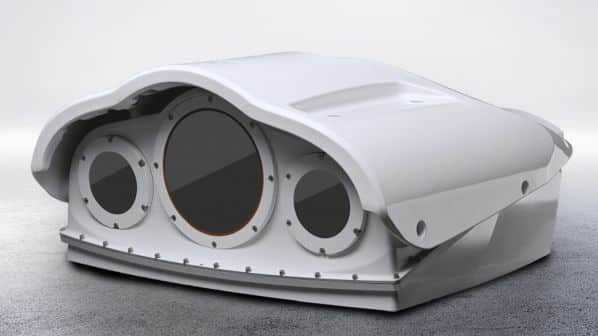ISRAEL Railways (IR) has placed the first commercial order for the electro-optical sensor system developed by Rail Vision, which is to supply 10 systems by the end of 2023 for IR’s passenger fleet.
The sensor system can detect obstacles over distances of up to 2km, “and represents an important building block in the development of automatic train operation (ATO),” says Knorr-Bremse, which holds a 33% stake in the Israeli company.
The Rail Vision system combines sensor technology with artificial intelligence (AI) and deep learning. It has been specifically developed for rail applications, and can detect and recognise obstacles and hazards such as people and animals on the track, oncoming trains and incorrectly set points.
The system is capable of detecting obstacles in poor weather or other low-light conditions when vision is impaired.
As well as alerting drivers to such hazards, the Rail Vision system can also identify lineside infrastructure, signalling and vegetation, providing infrastructure managers with asset condition information that can assist with tasks such as the planning of maintenance work.
To bring its sensor system to market, Rail Vision has undertaken pilot and test projects in Israel, Australia, the United States and German-speaking countries.
Knorr-Bremse says that such systems for detecting objects and providing driver assistance are crucial elements in the development of ATO, digitising manual processes and subprocesses to make them faster, safer and more efficient.
Such automation could also help to tackle staff shortages in the rail sector.
A development objective which Knorr-Bremse and Rail Vision are now pursuing together is to network obstacle-detection systems with train braking.
“For Rail Vision, this first commercial order is a milestone in successfully bringing its high-tech products to market,” says Dr Nicolas Lange, chairman of the management board at Knorr-Bremse Rail Vehicle Systems.
“The firm’s highly-reliable driver assistance technology has the potential to further enhance the safety of railways and help to make rail operations even more efficient, dependable and stable.”

